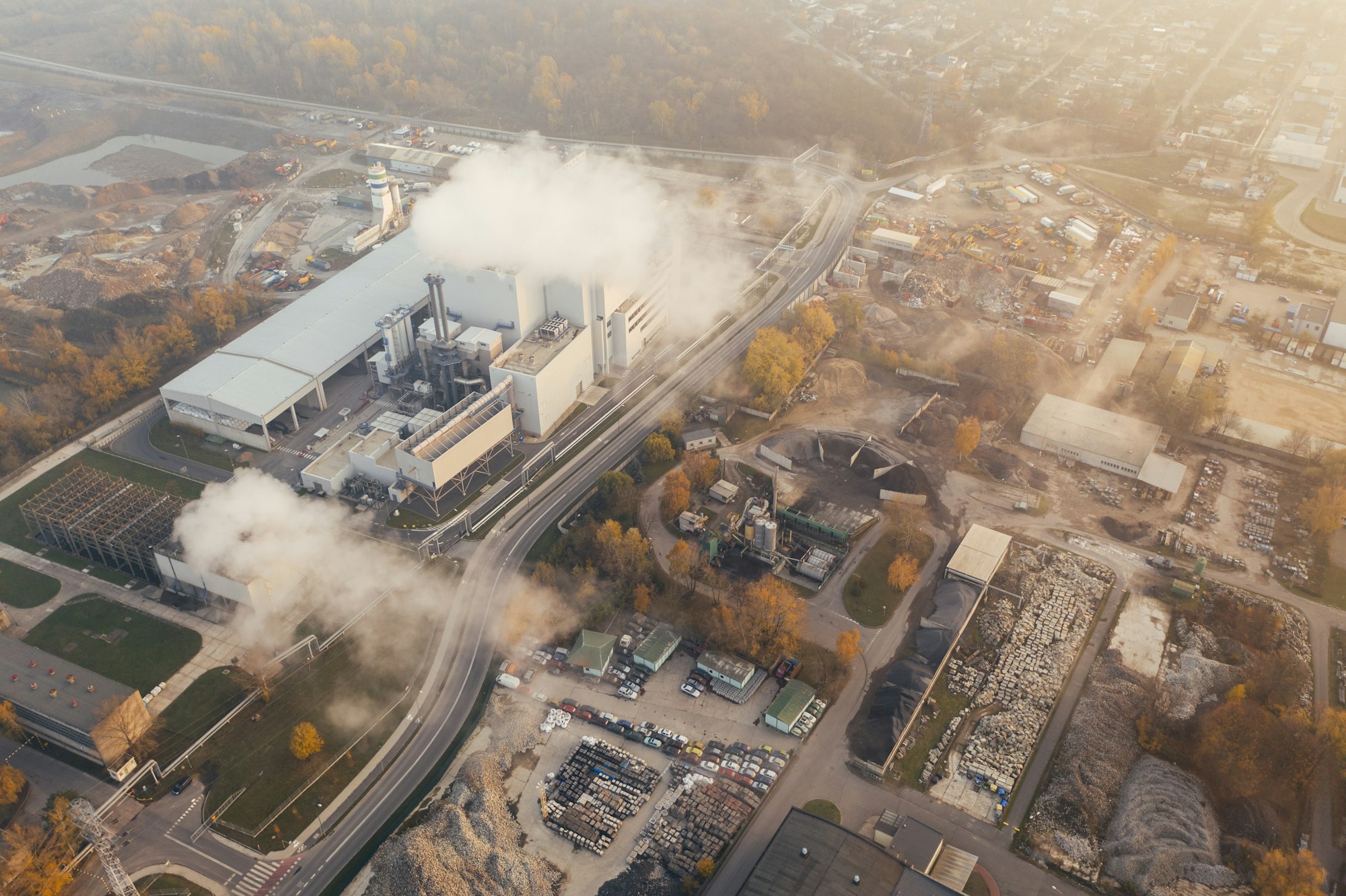
The Other Carbon
Methane emissions could be responsible for 25 or even 50 percent of the anthropogenic climate change we are now experiencing!
Methane emissions could be responsible for 25 or even 50 percent of the anthropogenic climate change we are now experiencing!
Outline
Most efforts to mitigate climate change are focused on carbon dioxide, and rightfully so. Carbon dioxide emissions are responsible for most of the warming and other effects that we have experienced so far. And since it is removed from the atmosphere so slowly, every kilogram of carbon dioxide we emit today will continue to impact the climate for millennia to come.
Methane: A Rising Concern in Our Atmosphere
Let’s take a moment, though, to consider methane. Although atmospheric concentrations have more than doubled since industrialization began and are now rising at an even more alarming rate, they are still quite low; only about two out of every million gas molecules bouncing around up there are methane.
Unfortunately, those methane molecules are really effective at trapping heat. By the most commonly used metric, global warming potential over 100 years (GWP-100), methane is about 30 times as powerful as carbon dioxide. But that’s just one metric. By other measures, methane emissions could be responsible for 25 or even 50 percent of the anthropogenic climate change we are now experiencing!
Mitigation: A Quick Win in the Fight Against Climate Change
The good news is that, unlike carbon dioxide, methane breaks down relatively quickly. Send a kilogram of methane into the atmosphere today and about half of it will be gone within a decade or so. A few decades more and almost none of it will remain.
Its short lifetime and big impact mean that in terms of mitigation, methane is low-hanging fruit. “Cutting methane,” says John Kerry, U.S. Special Presidential Envoy for Climate, “is the fastest opportunity to reduce warming.”
Emissions: Natural Causes and Addressable Human Activities
Much of the methane entering the atmosphere comes from decomposition. Some of it is natural, some of it comes from thawing permafrost and other worrisome feedback loops. Agriculture, especially beef production, is another major contributor that must be addressed.
The lowest-hanging fruit of all, though, is the 20 percent or so of methane emissions that come from point sources like leaking oil and gas wells. (By one estimate, the methane leaks from the oil wells in Turkmenistan in 2022 caused as much global heating as all of the carbon emissions from Great Britain.) Capping wells, fixing leaks, or flaring the methane is a relatively easy thing to do.
Last year, the United Nations launched a new satellite-based program aimed at detecting methane emissions and helping governments and businesses to respond more quickly, the Methane Alert and Response System.
A few weeks from now, the UN climate conference known as COP28 is being held in the United Arab Emirates. It will be headed by the head of that country’s oil company, Sultan al-Jaber. Those fossil-fuel connections are worrisome, of course. But some observers also expect al-Jaber to look for a win and demonstrate responsibility by pushing efforts on oil-field methane leaks. At Terra.do, we will be watching.
If you want to learn more about greenhouse gas emissions and get a deep dive into the full climate change landscape, check out Terra.do's Climate Change: Change Learning for Action bootcamp.
More like this
Is carbon dioxide removal a distraction from other climate solutions?
Science, skepticism, and the path forward for carbon dioxide removal. By Silvan Aeschlimann
Why Can't Solar Geoengineering or Carbon Capture and Utilization Solve Our Climate Problems?
Not every techno-fix is worth betting the climate on.
The Paradox of Depending on Carbon Dioxide Removal
It's hard to plot a path toward a liveable future without relying on "novel" approaches to carbon dioxide removal—but can we scale them fast enough?

 Background
Background


